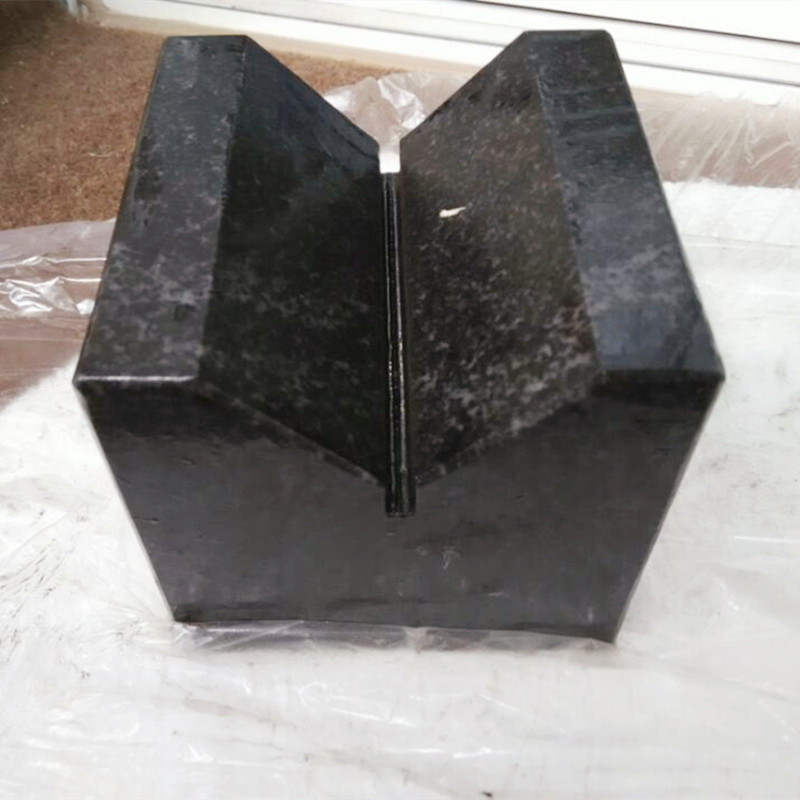Oct . 21, 2024 14:03 Back to list
Exploring the Functionality and Advantages of Butterfly Valves in Industrial Applications
Understanding Butterfly Valve A Comprehensive Overview
When it comes to fluid control systems, valves play a crucial role, and among them, the butterfly valve stands out due to its unique design and functionality. A butterfly valve is a quarter-turn rotational motion valve that is used to stop, regulate, and start the flow of fluid. Its structure consists of a disc that rotates around an axis, resembling a butterfly’s wings, which is where it gets its name.
Design and Functionality
The butterfly valve's primary components include the body, disc, stem, and actuator. The body of the valve is typically made from various materials such as cast iron, stainless steel, or plastic, making it suitable for various applications, including water, gas, and oil. The disc is mounted on a shaft, and as the actuator turns the stem, the disc pivots to either open or close the flow path.
One of the significant advantages of the butterfly valve is its compact design. Unlike traditional gate valves, which often require significant space to operate, butterfly valves only need a quarter turn to achieve full opening or closing. This feature makes them particularly useful in applications where space is limited.
Types of Butterfly Valves
Butterfly valves come in several varieties, each suited for different applications
1. Concentric Butterfly Valve This type has the disc concentric with the valve stem. It’s simple and cost-effective, often used in low-pressure applications.
2. Eccentric Butterfly Valve In this design, the disc is positioned off-center, allowing for a quicker and more efficient flow. It’s ideal for higher-pressure applications and is less prone to wear.
3. Double Eccentric Butterfly Valve This type features dual offsets that reduce friction when the valve operates. It is commonly used in high-pressure and high-temperature applications.
4. Triple Eccentric Butterfly Valve The most advanced design, which features three offsets and is capable of handling extreme pressure and temperature conditions. It's often used in severe service conditions.
Key Applications
butterfly valve 5

Butterfly valves are extensively used in various industries, including
- Water Treatment They are ideal for controlling water flow in treatment plants due to their ability to provide tight sealing and quick operation. - Chemical Processing The corrosion-resistant options available for butterfly valves make them ideal for handling various chemicals safely and efficiently.
- Oil and Gas In pipelines transporting oil and gas, butterfly valves can be utilized due to their lightweight construction and reliability at high pressures.
- HVAC Systems These valves are integral to heating, ventilation, and air conditioning systems, helping regulate airflow effectively.
Advantages of Butterfly Valves
1. Efficiency Their quarter-turn operation allows for quick open and close action, making them suitable for systems requiring fast response times.
2. Space-Saving The compact design means that they require less space compared to other valve types, which can be a significant advantage in confined spaces.
3. Cost-Effective Generally, butterfly valves are more economical than gate or globe valves, especially in larger sizes where material costs can be significant.
4. Versatility They can handle a wide range of fluids, including slurries, gases, and liquids, making them suitable for numerous applications across different industries.
Conclusion
In summary, butterfly valves are a vital component in fluid control systems, offering a blend of efficiency, compactness, and cost-effectiveness. Their various designs cater to different fitting needs, making them indispensable in industries ranging from water treatment to chemical processing. As technology advances, the applications and innovations surrounding butterfly valves will continue to expand, highlighting their importance in modern engineering and industrial processes. For anyone looking to enhance their fluid control systems, understanding the butterfly valve’s functionality and benefits is essential for making informed decisions.
-
Thread Plug Gauge Requires Careful HandlingNewsJul.29,2025
-
Surface plate calibrationNewsJul.29,2025
-
Ring Gauge Ensures Machining AccuracyNewsJul.29,2025
-
Pad Iron Reinforces Anchor PointsNewsJul.29,2025
-
Ground anchor stabilizes embankmentsNewsJul.29,2025
-
Granite Box Maintains Precision FlatnessNewsJul.29,2025
Related PRODUCTS









